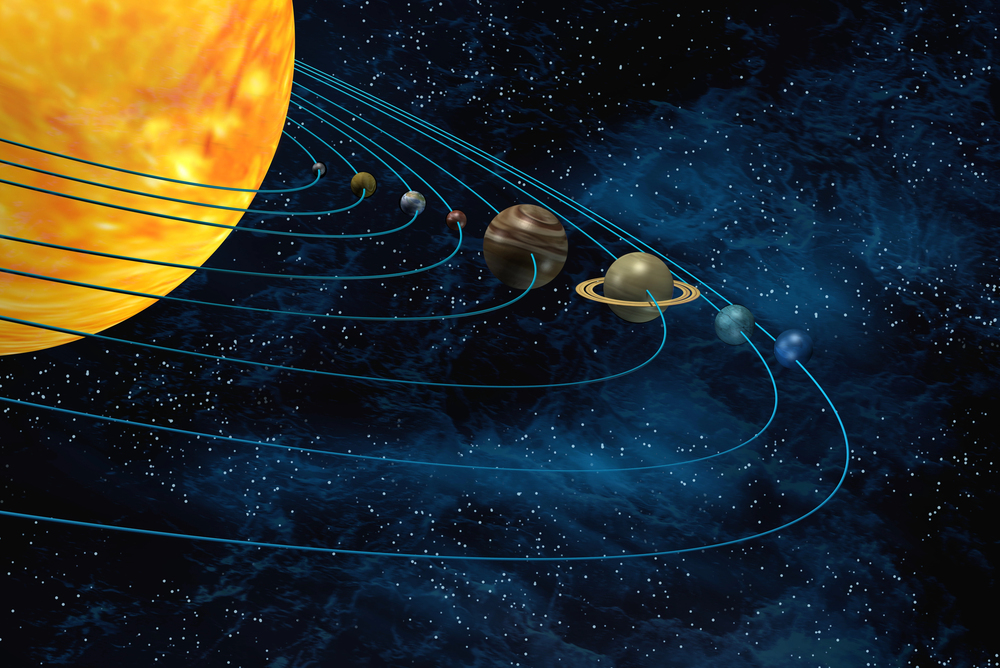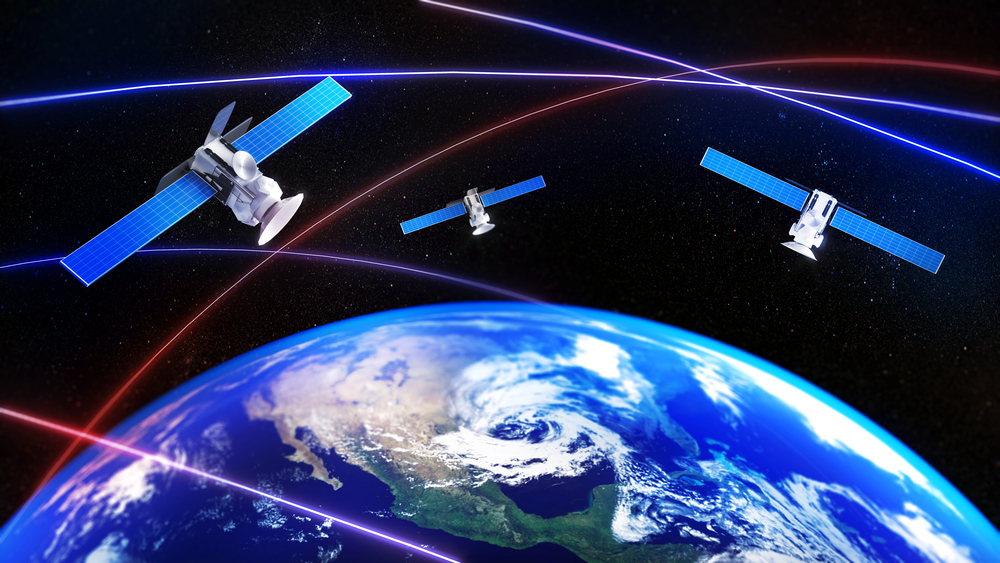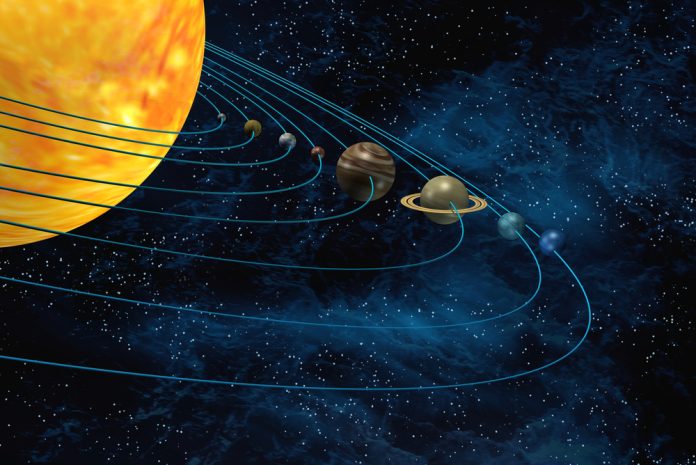
Is the world speeding our clocks or merely providing timekeepers with a cosmic headache? The Earth will finish turning 1.34 milliseconds sooner than the usual 24 hours on July 22, 2025, the second shortest day on record. To the overwhelming majority, it will be a momentary, inconsequential flash. But to the world’s keepers of every tick and wobble, it portends a mind-boggling and confounding change in rhythms that have ruled the keeping of time for millennia.

1. A History Written in Milliseconds
Earth’s day has never really been inscribed on stone. In the early days of the planet, a day was merely 19 hours long, and tidal force exerted by the moon slowly slowed the rotation over millions of years. This cosmic tug-of-war, witnessed by astronomers since centuries, has drawn out the day by some 2 milliseconds every century. However, ever since 2020, our planet has been consistently breaking its own records of speed, culminating in the shortest day ever documented on July 5, 2024, with the rotation completing 1.66 milliseconds before time.

2. The Dawn of the Negative Leap Second
Should the recent acceleration continue, something historic is on the horizon: the chance to insert a negative leap second by 2029. This change never before attempted would involve subtracting a second from Coordinated Universal Time, in effect jumping from 11:59:58 to midnight. “This is a rare situation and serious,” observed Duncan Agnew, a geophysicist at the Scripps Institution of Oceanography.

“It’s not a huge change in the Earth’s rotation that’s going to lead to some catastrophe or anything, but it is something notable. It’s yet another indication that we’re in a very unusual time.” The leap second protocol, developed in the 1970s, was designed to add seconds as Earth’s rotation slowed. Now, the tables may be turning.

3. The Geophysical Mystery: Core or Climate?
The unexpected slowdown of Earth’s long-term deceleration has surprised the scientists. The fluid outer core and unreliable currents are blamed by some. “The reason for this acceleration is not understood,” Moscow State University’s Leonid Zotov said. “Scientists tend to believe that it is something within the Earth.” Ocean and atmospheric models don’t account for this enormous acceleration. Recent seismic analysis has shown that the rotation of the inner core varies every 70 years, speeding up and slowing down compared to the mantle at times. From 2008 until 2023, the core even started rotating in the opposite direction of the surface of the planet something that has since been verified with associated earthquake data. As the central core slows down, angular momentum is reallocated, so the mantle and the crust get slightly faster.

4. Ice Melt and Mass Redistribution: Climate’s Subtle Hand
Although core dynamics explain today’s acceleration, climate change is leaving its gentle mark. Melting of polar ice and increasing sea levels redistribute mass on our planet from polar latitudes towards the equator, making the Earth more oblate and surprisingly slowing the rate of its rotation. “What you’re doing with the ice melt is you’re liquefying water that’s solid ice in Antarctica and Greenland, and the solid ice is being turned into liquid, and you’re redistributing the fluids to other locations on Earth,” explained Thomas Herring, MIT professor of geophysics. This has actually pushed back the requirement for a negative leap second by some three years based on Agnew’s calculations. Since 2000, the ice melting has decelerated Earth’s rotation by 1.33 milliseconds per century, a pace that could not be surpassed in the last century.

5. Tapping Earth’s Every Movement: The Geodesy of Science
The measurements needed to monitor these infinitesimal changes are taken with tools more accurate than anything ever conceived. Atomic clocks developed during the 1950s now define day length at the nanosecond scale. The International Earth Rotation and Reference Systems Service (IERS) relies on a collection of geodetic methods Very Long Baseline Interferometry (VLBI), Global Navigation Satellite Systems (GNSS), and Satellite Laser Ranging to observe Earth’s spin and re-define the International Terrestrial Reference Frame. Those observations are critical to coordinating everything from GPS satellites to financial systems.

6. The High-Stakes World of Timekeeping
As atomic and astronomical time diverge, timekeepers have traditionally inserted leap seconds to keep civil time aligned with Earth’s rotation. But the possibility of a negative leap second has raised alarms among technologists. Although our computer systems can accommodate positive leap seconds, in practice none of our web services or networks support negative leap seconds, said Jacqueline McCleary, assistant professor of physics at Northeastern University. The final positive leap second during 2016 resulted in outages for the likes of Qantas Airlines and Reddit. Waiting until after a year, instead of during, introduces another issue for the engineers of worldwide digital systems.

7. The Moon’s Elusive Waltz and Other Forces
The moon’s gravitational force, which causes tidal friction, is a constant presence in the background, incrementally lengthening the day by 2.4 milliseconds every hundred years. However, shorter-term fluctuations such as the moon’s high-declination alignments also push Earth’s rotation, as with the record days of 2025. And while human endeavors, like building mega-dams, likewise exert quantifiable if infinitesimal influence on rotation by moving mass and changing the planet’s moment of inertia,.

The Earth’s spin may be slowing down in its acceleration, but we just don’t know why. As researchers continue to dig deeper into the core of the world, monitoring the shifting of water and ice, and perfecting the science of time measurement, every millisecond shaved from or added to the day serves as a reminder of the dynamic, interrelated systems that regulate our planet and the harmony between the universe and the creations we construct to monitor it.


